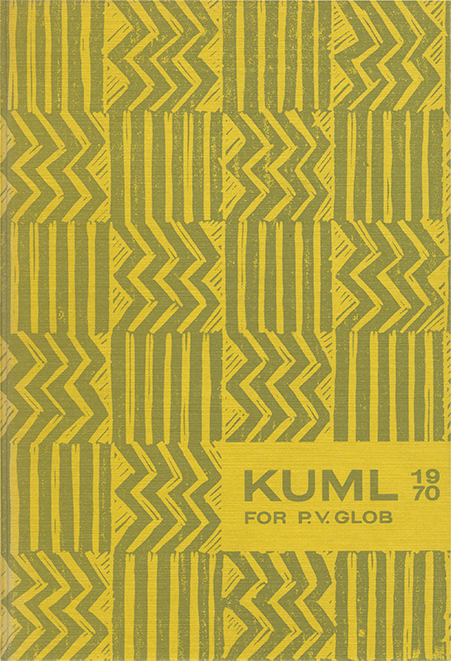Da rugen kom til Danmark
DOI:
https://doi.org/10.7146/kuml.v20i20.105433Keywords:
Denmark, danmark, arrival of rye, rugens ankomstAbstract
The arrival of rye in Denmark
During the first century A.D. rye drifted into Jutland, obviously as an unnoticed weed in barley, presumably brought in from the lands about the lower Elbe. It was first established in the carbonized grain from 1st century at Østerbølle (point 3 in map, fig. 1) where it occurs with a frequency of 0.1 per cent of the barley. The rye grains are small and very underdeveloped (diagram fig. 2). In the mid-millennium find at Oxbøl (map point 5) the barley contained some 0.5 per cent of rye, now a fully acclimatized cereal, albeit of rather small dimensions. In the approximately contemporaneous site of Sorte Muld in Bornholm (map point 1) about 3 per cent of the cereal appears among the barley. Here the grains are slightly larger than those from Oxbøl, and their indices suggest a different strain, possibly imported as an impurity in barley from south of the Baltic, e. g. the Oder region.
Not until the 10th century A.D. do we find rye in proportions showing it as an accepted bread corn, deliberately grown and utilized. Among the grain found in the large Viking Period civil village of Aggersborg (map point 2) barley makes up 60 per cent, rye 31, and oat 9 per cent. It seems that the village was requisitioned and erazed, and the very large Viking fortress of Aggersborg erected on the site some time between A.D. 970 and 1020. On architectural and artifactual grounds the village may be judged to belong to the period when Scandinavian and Danish Vikings made themselves felt -sometimes unpleasantly- to the peoples of Britain and the Atlantic and Mediterranean coast lands, as far away as Sicily. Also the Baltic countries and the hinterlands were visited and often ravaged by these warlike seamen and traders. There is evidence for their penetration as far afield as the Black and Caspian Seas.
The purpose and outcome of these expeditions were many-sided. In some instances groups of Vikings colonized conquered areas, as for instance in Britain, France and Sicily. Sometimes plunder was the main purpose for their landings, but peaceful exchange of trade goods certainly played the primary role in many places. The returning Vikings brought back to their homelands, beside material goods, new techniques and ideas, thus creating the qualification for the cultural and political evolution of the Middle Ages.
The significant cultivation of rye at Aggersborg may be considered as one of the innovations introduced into Denmark by these fearless travellers, in that they had the opportunity to import both the seed corn and the very idea of the value of this hitherto neglected cereal. Grown in the poor soil around Aggersborg the grain size is still unimpressive, no better, in fact, than the Oxbøl product, some 400 years older.
This conclusion seems to be confirmed by the find in the Viking fortress of Fyrkat (map point 4) of a large, practically pure store of rye. That this grain was imported by the Vikings may be regarded as beyond doubt. The size of the grains towers above any other example of rye found in Denmark (diagram Fig. 3). Further, some of the commonest Danish weeds of the age are rare or missing, while more than a dozen species as yet unknown in Denmark, appear for the first time. The main distributional areas of all but one of the species lean definitely towards central and eastern Europe and northwestern Asia.
Whereas palaeoethnobotanical findings in western and southern Europe are conspicuously reticent as regards rye before and during the first millennium A.D., recent reports from Poland, Czechoslovakia and Austria prove the cereal to have been increasingly common in these tracts at least from 2000 B.C. onwards; the same undoubtedly applies to Russia.
It is therefore propounded that the Fyrkat rye, the first large and pure deposit found in Denmark, is a fresh import from eastern Europe, maybe bought at one of the large trade centres on the Baltic-Russian river systems, such as Novgorod or Kiev. The quality of the grain implies both a higher agricultural standard and a much firmer commercial organization than can be supposed to have obtained in Denmark in the Viking Period or indeed for several centuries after.
Hans HelbaekDownloads
Published
How to Cite
Issue
Section
License
Fra og med årgang 2022 er artikler udgivet i Kuml med en licens fra Creative Commons (CC BY-NC-SA 4.0).
Alle tidligere årgange af tidsskriftet er ikke udgivet med en licens fra Creative Commons.


